Local history: Jayland Walker’s killing echoes Saul Link Jr. shooting 50 years ago
When Akron police shot a suspect who tried to run from them, it led to community outrage, public demonstrations, downtown destruction and calls for change.
That was 50 years ago.
It’s hard not to hear the echoes of the past in the death of Jayland Walker, 25, who was shot by Akron police June 27 following a car chase that began with a traffic stop on North Hill and ended with gunfire in Firestone Park. Eight officers fired 90 or more rounds, hitting Walker at least 60 times.
Who was Jayland Walker? 'He was the most sincere, most kindhearted person,' friend says
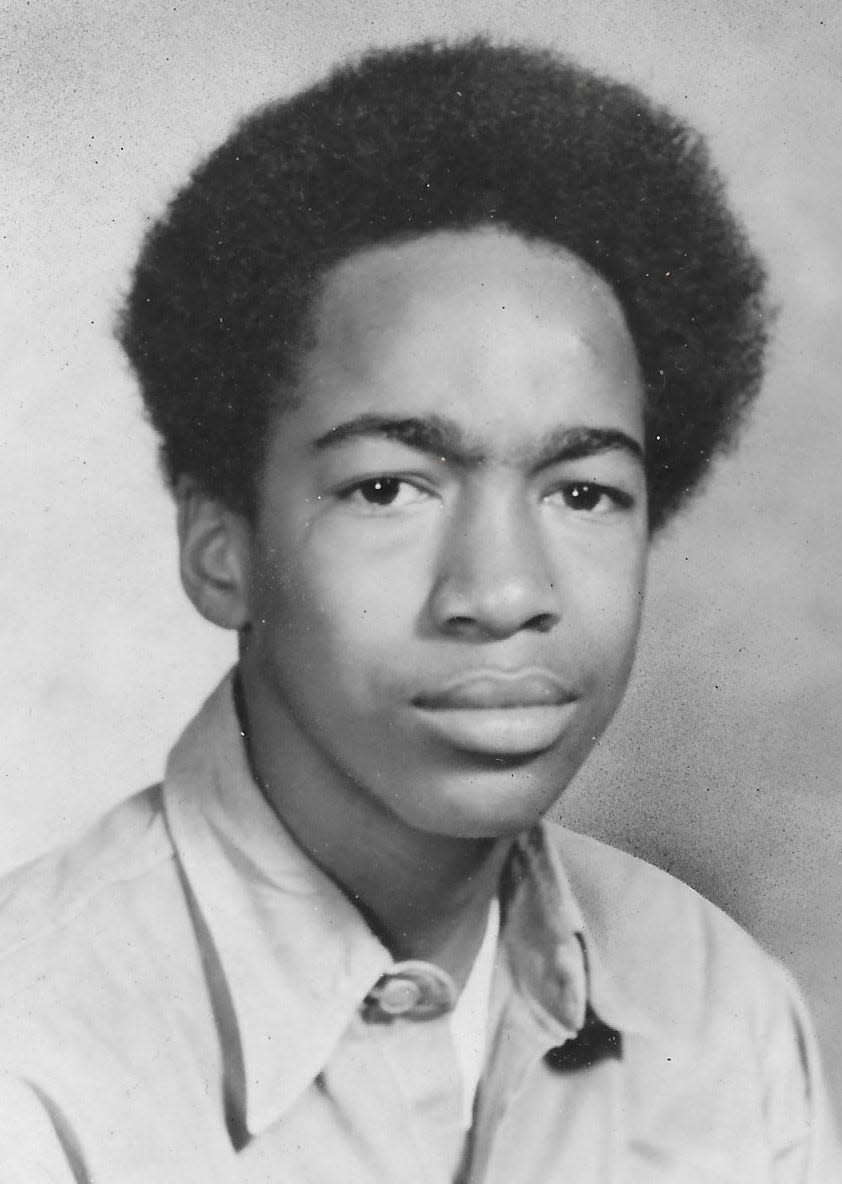
Saul Link Jr., 15, was shot once in the back when he ran from Akron detectives attempting to arrest him in 1972 at Edgewood Homes.
Both deaths made national news.
Jayland Walker shooting: Akron, national NAACP seek federal probe of Akron police shooting
Link, a student at West Junior High School, was known to friends and neighbors as “Ba Bro,” short for “Baby Brother.” He was a popular kid at school as well as at the subsidized housing development where he lived.
But he kept getting into trouble.
Authorities said Link had been arrested 10 times in four years, beginning at age 11, on delinquency charges including unarmed robbery, possessing stolen property, breaking and entering, auto theft, truancy and curfew violations.
Police suspected him in the holdup of a Lawson’s store near Wooster-Hawkins Shopping Center. The manager told police that four youths, one holding a knife, had escaped with $50 on Oct. 3, 1972.
Two detectives found him Oct. 14 sitting in a car near his home on Warner Court at Edgewood Homes north of Wooster Avenue (now Vernon Odom Boulevard). They arrested him about 1:40 p.m. on a warrant charging delinquency by reason of armed robbery.
Teen runs from detectives
While being led to a police car, Link broke free and took off behind an apartment building. One detective ran after him while the other went around the other side of the building to intercept him.
Neighbors reported hearing the police shout “Halt!” and “Stop!”
Link ran toward a crowded playground enclosed by a chain-link fence. As he leaped over a sidewalk border chain about 3 feet off the ground, he was struck in the back by a .38-caliber bullet fired from 30 feet away.
The unarmed youth fell semiconscious to the sidewalk as other children watched in fright. The detectives handcuffed him and called for an ambulance.
Word spread quickly through the neighborhood: “Ba Bro has been shot!”
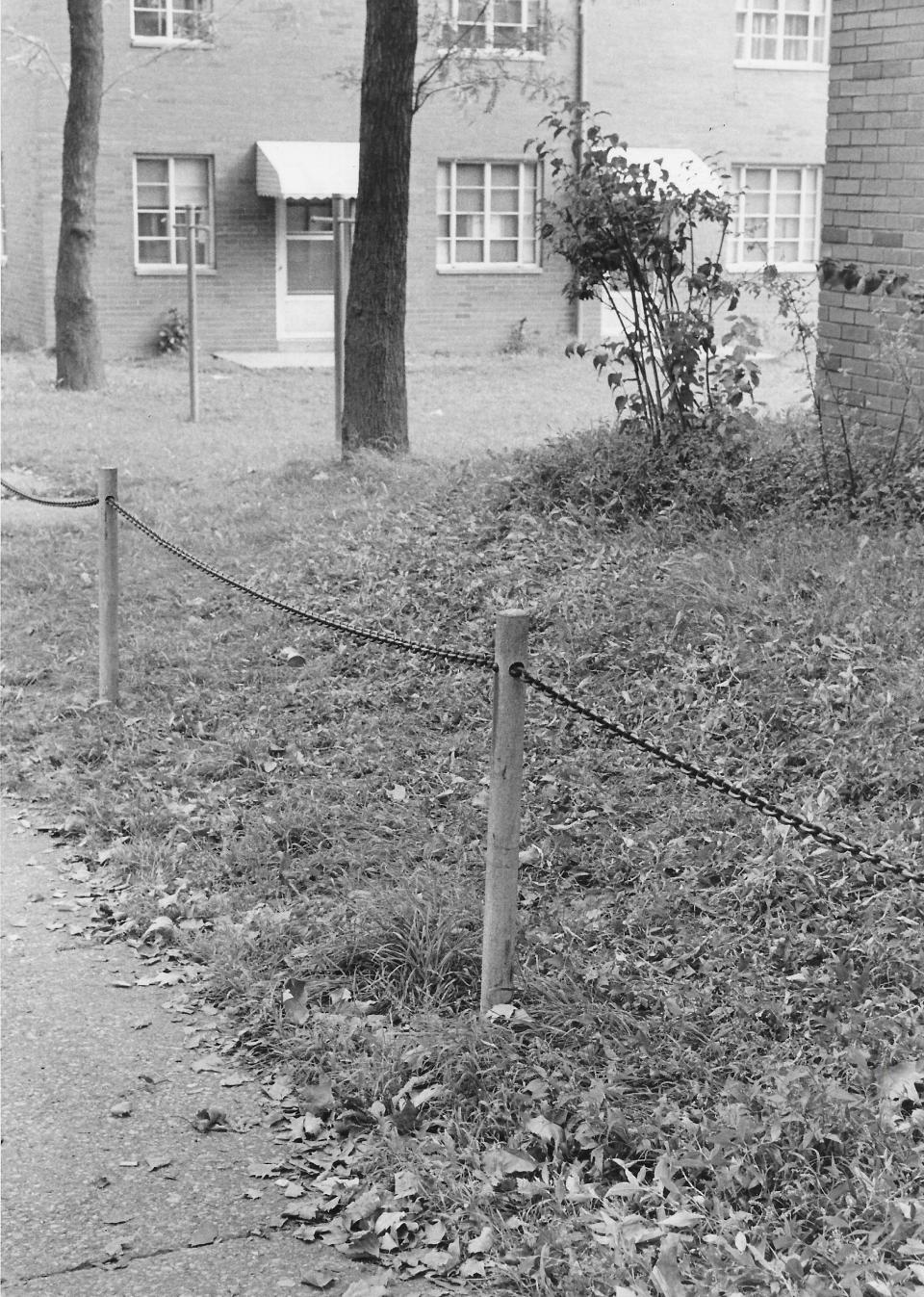
Worried friends gathered at the waiting room at Akron’s Children Hospital. Link was pronounced dead at 2:15 p.m.
Shock turned to grief and grief turned to anger.
Black community leaders wanted answers. Link was African American; the detective who shot him was white.
“I’m demanding an investigation from the mayor on down,” said the Rev. Elvin H. Brown, leader of the United Black Ministerial Association. “Why was he shot? Why was he handcuffed after he was shot?”
Mayor John S. Ballard said the detective who shot Link had used “very poor judgment.” The police officer, a five-year veteran, was furloughed with pay after Ballard met with Police Chief Harry Whiddon.
Protest halts downtown traffic
Police officers lined up outside the Justice Center and City Hall on Tuesday morning as hundreds of demonstrators brought downtown traffic to a standstill. Many protesters were kids who had skipped school.
City Council held a chaotic session before a standing-room-only crowd. Youths stood on chairs and desks while others sat on the tops of doors. It was nearly impossible to maintain order as the crowd shouted catcalls and talked over officials.
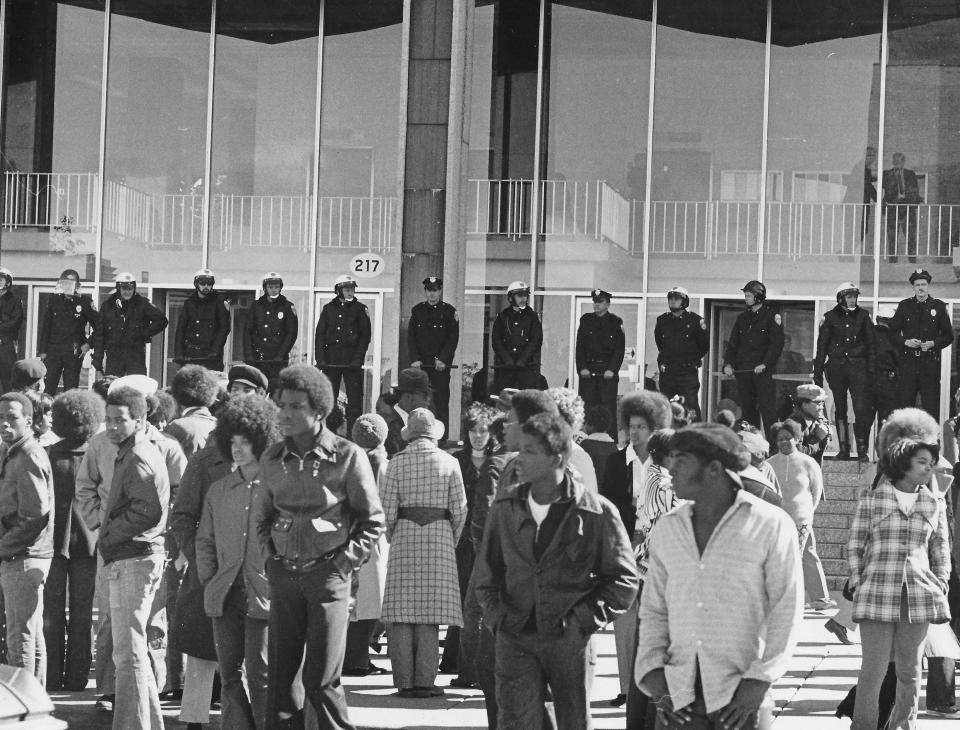
The council somehow managed to pass a resolution urging the mayor to name a special committee to investigate the deadly shooting. Police escorted Ballard out of the meeting.
Blue light controversy: Akron Police Department removes blue lights from Stubbs Justice Center windows
Outside, a peaceful demonstration turned violent when looters swarmed South Main Street. About 100 people rushed inside Carlton’s, grabbed merchandise and fled.
Youths smashed windows and display cases at O’Neil’s, Polsky’s and other stores. Someone took advantage of the chaos to rob Woolworth’s.
One demonstrator took down an American flag at the Akron Armory, set it on fire and draped it over the doughboy statue out front.
Some in the crowd tried to get the vandals to stop.
“Don’t do this,” one man pleaded. “Don’t give them an excuse to shoot more of us.”
Protesters scuffled with police and called them names.
Several teens jumped on a parked police cruiser, smashing the hood, breaking its lights and deflating its tires.
The crowd dispersed after officers threatened mass arrests.
“This ain’t over yet,” one youth shouted. “We won’t forget about Ba Bro.”
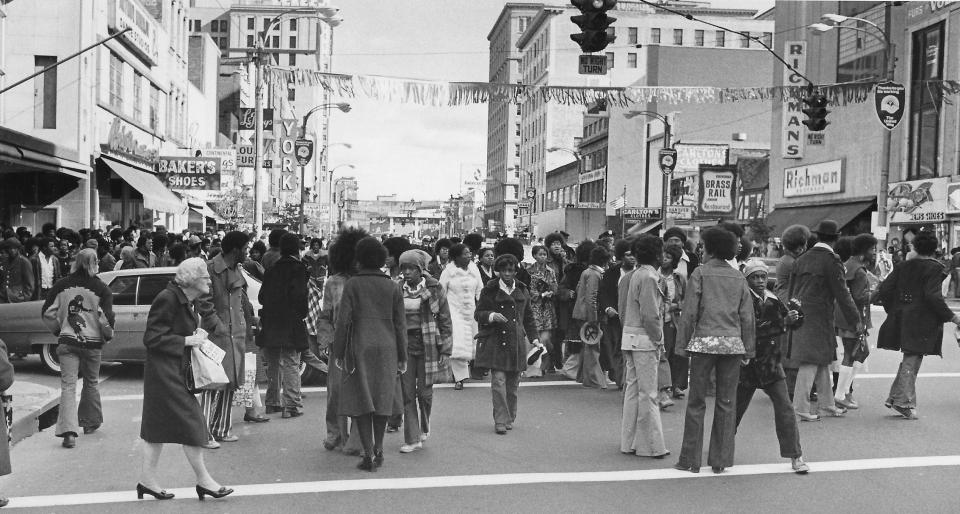
Ballard called the public disturbance “as bad a day as Akron has had in a long while.”
“When you have a mob like this, it takes on a character lower than that of any one individual involved,” he said. “My assessment is that there are no words of wisdom for a mob.”
Vernon Odom, executive director of the Urban League, pleaded with youths to stay off the streets and return to school.
“Now we need to get together and plan other action — not foolish actions but something that may contribute in a positive way to the protest movement,” he said.
Link’s funeral was held Friday, Oct. 20, at United Baptist Church on Bellows Street. Survivors included his father, Saul Link Sr., sisters Sandra and Wilma Jean Collins, grandmothers Essie McAfee and Mary Link, aunts, uncles and a niece.
Passing the casket, mourners cried: “I love you, Baby Brother.”
“We should not weep for Saul Link Jr. but for ourselves for we are left in a world full of hate, jealousy, greed and inequality,” the Rev. Billy Robinson said in his eulogy.
“Weep for those people who would not care about injustice. Weep for those who have no concern or love for humanity.”
The funeral procession traveled to Glendale Cemetery.
Classes at West were dismissed early so students could attend the rites. About 200 classmates took part. Link was buried in an unmarked grave about 50 yards behind his school.
Just when it seemed that calm would return, gunfire erupted overnight.
Two Akron police officers shot
Akron Patrolman Stephen J. Ondas, 27, a six-month rookie, was on duty with his partner, Phillip W. Brady, 32, when they pulled over a carload of youths for driving without headlights at 1:04 a.m. Saturday, Oct. 21, at Courtland and Orlando avenues.
One of the passengers, a 19-year-old man, was wanted on a traffic warrant. Authorities said he resisted arrest, fought with officers, grabbed Ondas’ gun, shot him in the back and seriously wounded Brady.
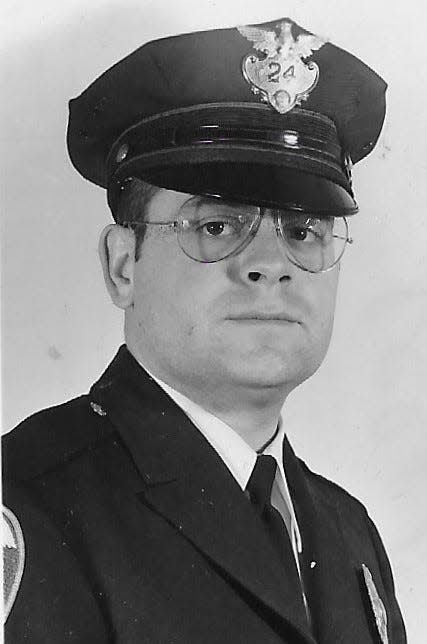
Ondas was dead on arrival at Akron General Medical Center.
The suspect turned himself in about 1 p.m. While the shooting was unrelated to Link’s death, Akron residents were aware that the officer was white and the suspect was Black.
Community leaders urged peace in the city.
“Time is out for killing,” the Rev. Elvin H. Brown said. “We must solve problems without shooting.”
“Last Saturday, I felt very bad that a young boy was dead,” Councilman William Grimm said. “Now I feel bad about a policeman’s death.”
“Hopefully, we can have more meaningful dialogue,” Councilman Robert Otterman said. “Maybe we can iron out our problems together.”
“I hope this town can settle down now,” Mayor Ballard said. “We have had enough ventilation of emotion to last for a long time.”
More than 600 mourners, including hundreds of uniformed officers, attended the funeral service Oct. 23 at the Kucko-Hecker funeral home on East Waterloo Road.
Survivors included Ondas’ wife, Judi, who was five months pregnant with their daughter, Stephanie, parents Agnes and Stephen M. Ondas, sister Nancy Johnson, grandfather Michael Chorney and stepdaughter Christine Papp.
In his eulogy, the Rev. James Slaminka, pastor of St. John the Baptist Catholic Church, recalled the words of Jesus: “No one can have greater love than to lay down his life for his friends.”
“Stephen Ondas literally lived out that assertion of our Lord,” Slaminka said. “He gave his life for us early Saturday morning just like a soldier who stands at the gates of his beloved homeland when an enemy tries to destroy what we all hold dear. What more can man do?”
The funeral procession traveled to Holy Cross Cemetery.
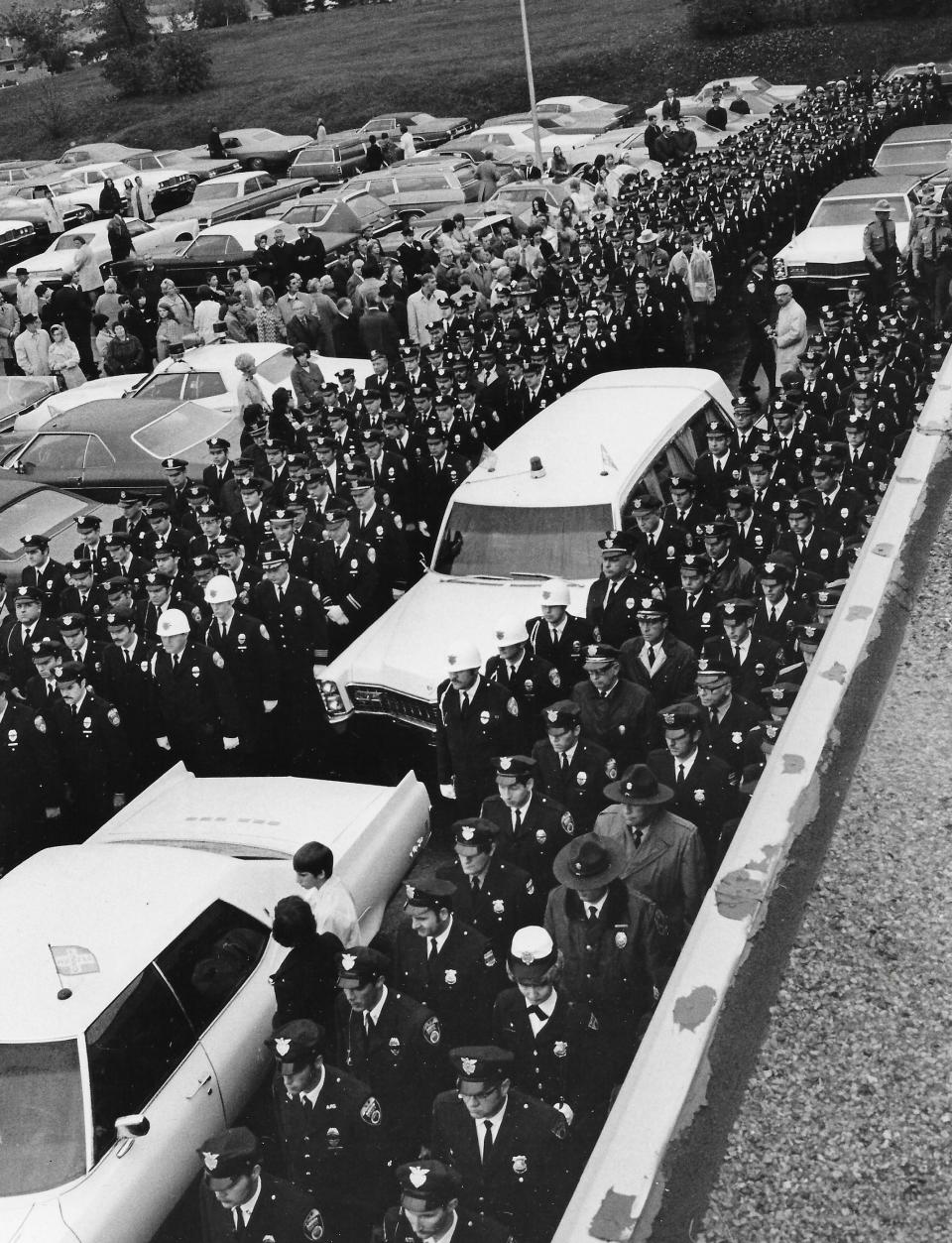
Four months after the slaying, a jury convicted the gunman of first-degree murder. Sentenced to life in prison, he will be eligible for parole March 1, 2023, at age 70.
On Nov. 16, 1972, a Summit County grand jury declined to indict the Akron detective who shot Link. Instead, the jury submitted a report recommending new procedures in the arrest of juveniles, including specialized training.
The detective returned to work the next day.
“We’re all relieved,” said Patrolman Carl Godfrey, president of the Akron Fraternal Order of Police. “I think the entire membership feels that due process of law has been fulfilled here.”
The Rev. Brown called the decision an injustice.
“No man should take upon himself the role of judge, jury and executioner,” he said.
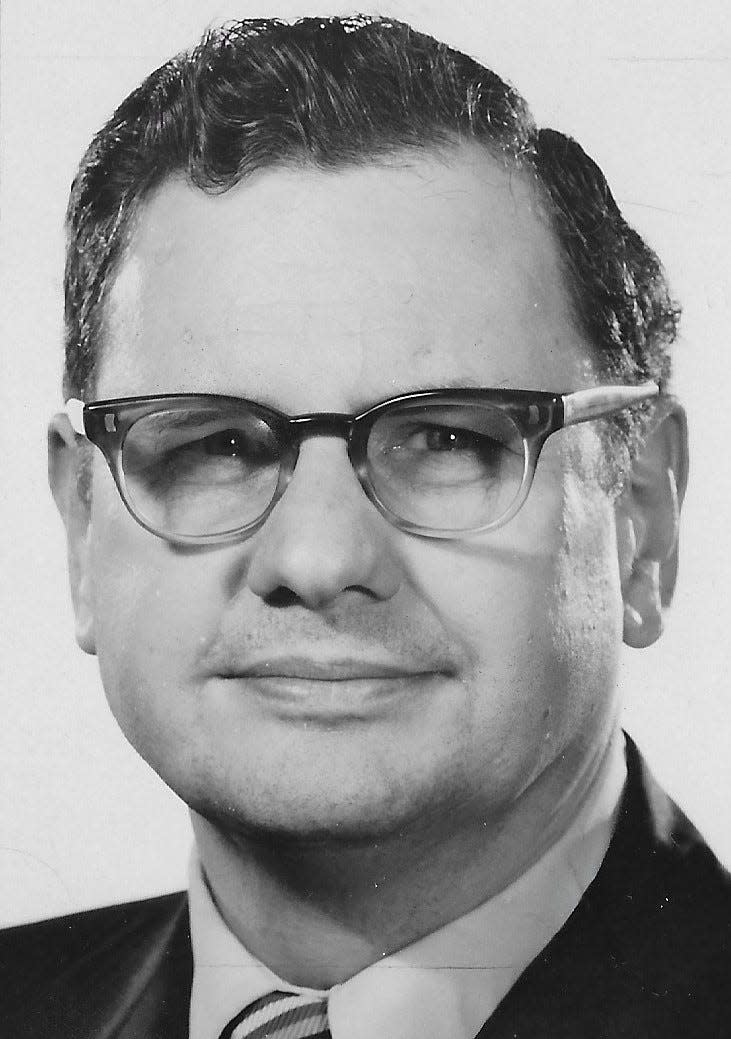
On Dec. 5, Mayor Ballard announced that he wouldn’t discipline the detective. The jury had exonerated him and he hadn’t violated any rules, he said.
“Under these circumstances, I don’t think any punishment is justified,” he said.
The detective remained on the force until the mid-1990s, retiring as a police lieutenant.
Father sues over deadly shooting
Saul Link Sr. filed a lawsuit in January 1973 in U.S. District Court in Cleveland, alleging that his son’s civil rights were violated. He sought $500,000 in damages — the equivalent of $3.4 million today.
Citing the litigation, City Council withdrew its resolution calling for a special committee to review the shooting.
Council President Ed Davis, who in 1958 became Akron’s first Black council member, had hoped the panel would persuade police to reconsider their priorities.
“Should it be lethal weapons or training?” he said.
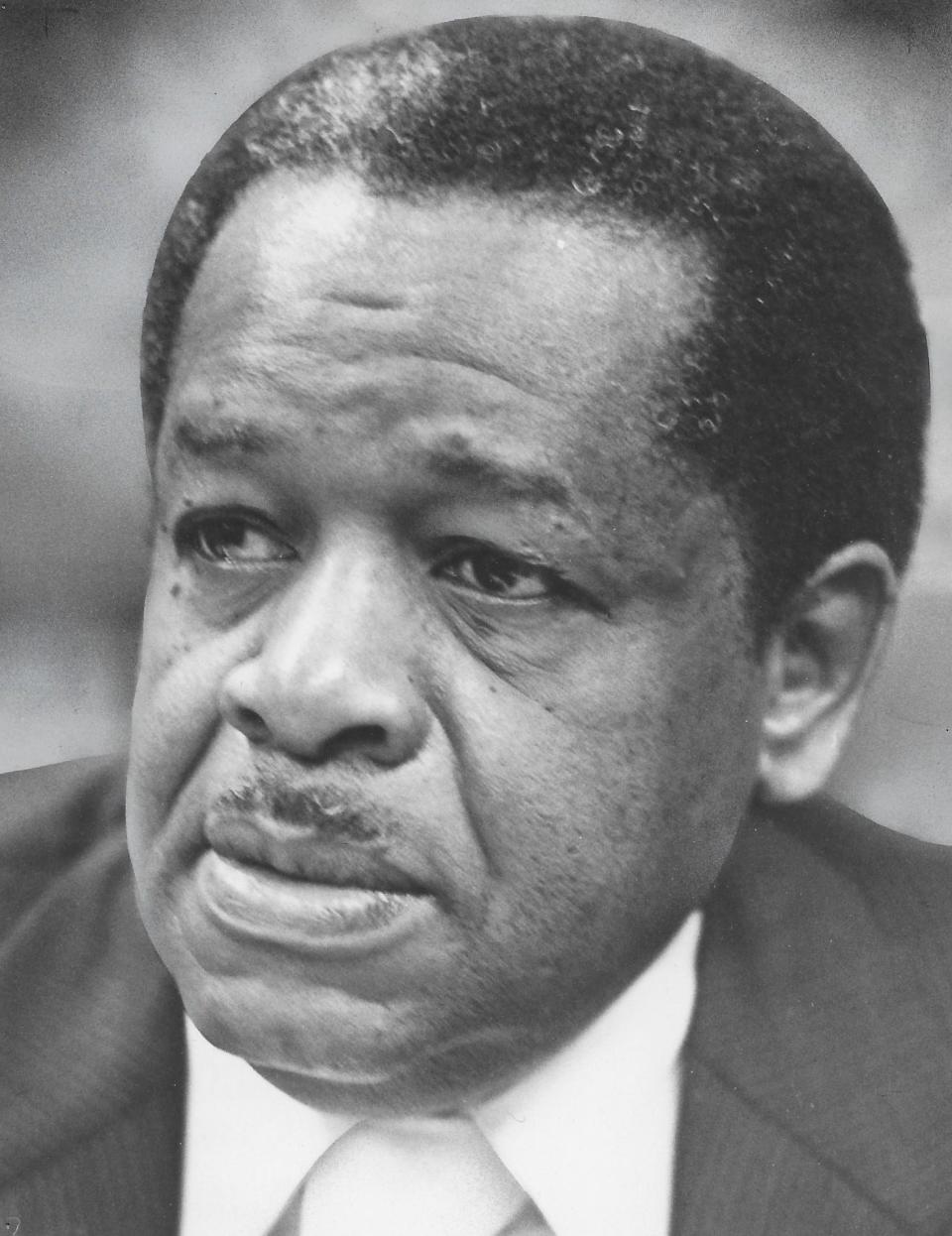
At the very least, Davis hoped, the Link case would make Akron police “a little more cautious in using firearms.”
He pledged that City Council would take up the matter again someday.
“I think it needs to investigate to determine what legislation is needed to prevent such things in the future,” he said.
In October 1974, the city settled out of court and agreed to pay $11,000 to Saul Link Sr.
“We’re not saying that the policeman did anything wrong,” Law Director William Baird explained. “We’re just settling a suit. Anytime you can settle a half of a million dollar suit for $11,000 you had better do it. … A settlement is in the best interest of everybody.”
Mark J. Price can be reached at mprice@thebeaconjournal.com.
This article originally appeared on Akron Beacon Journal: Jayland Walker death has parallels to Saul Link Jr. shooting in 1972

